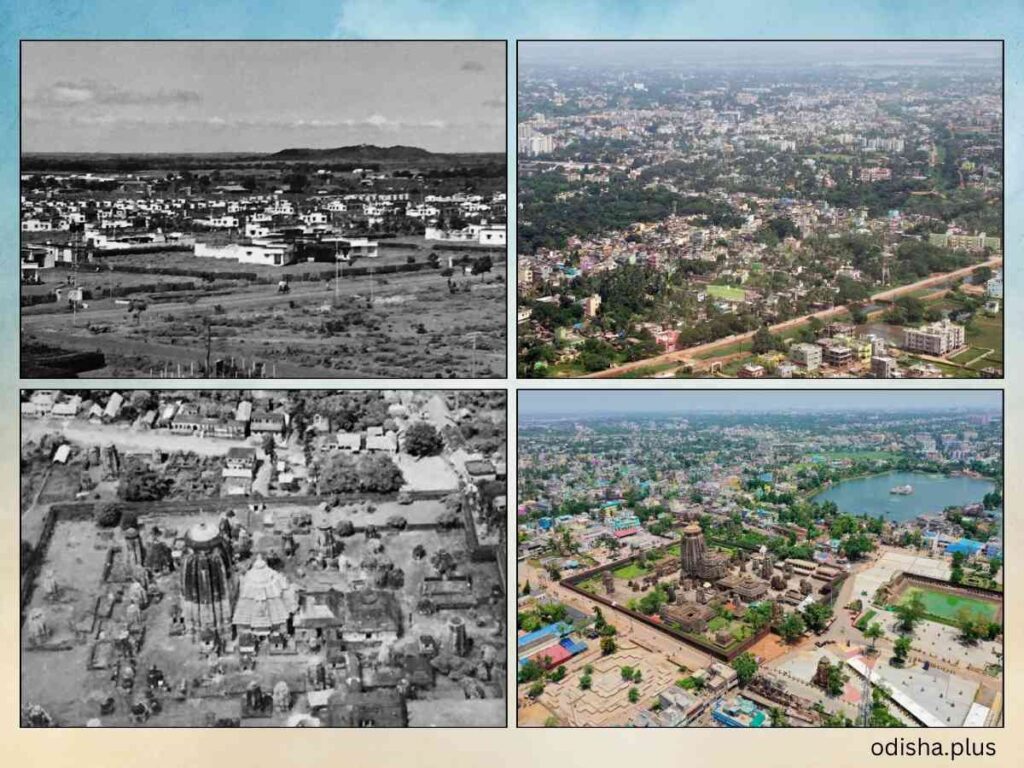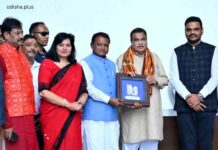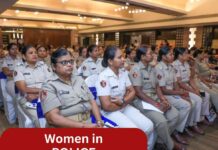Bhubaneswar, one of modern India’s first planned cities, has evolved from a small administrative town into a thriving metropolis with a rich historical heritage and rapid urban development
Pradip Chandra Das

I, as a young boy of 11 years, was admitted to Class VII at Capital High School, Unit II, in 1953 and passed my matriculation in 1958. Later, I joined BJB College for my Intermediate in Science, being part of the second batch of ISC students.
Bhubaneswar was founded on April 13, 1948, by the late Prime Minister Jawaharlal Nehru. During my time, it was a small, planned city designed by a German architect for approximately 40,000 people. The city was mostly comprised of government quarters to accommodate staff, with single-story buildings being the norm. Initially, the city was confined to four units, with the Secretariat functioning in the present-day market building and the Assembly in Sardar Patel Hall in Unit II.
The red double-storied building, now part of Loka Seva Bhawan, housed the heads of department officers and their staff. The Capital Hospital was located in Unit VI, and part of the Secretariat was still functioning in old Cuttack City. The buildings in Bhubaneswar were traditionally constructed with brick and mortar, featuring 4-inch terracing over concrete slabs to keep rooms cool during summer and protect the roof from weathering.
Every residential house had a chimney for smoke passage from traditional chulhas. The city’s water supply came from the Kuakhai River, pumped through cast iron pipes, treated in a water supply building, and then supplied to households. During the rainy season, stormwater was drained through Gangua Nallah.
In case of very heavy rain, water flowed over the submersible bridge across Gangua, disrupting traffic for a few hours, but we never felt the drainage problem inside the city. The main road, now known as Janpath, was a two-lane bitumen road, while other roads in different units were single-lane.
After completing my Intermediate, I joined UCE Burla for civil engineering. During vacations, I would visit Bhubaneswar and witness the city’s growth. The AG Office had shifted from Ranchi, and new constructions like Raj Bhavan, Secretariat, and Assembly buildings were underway. By the time I graduated, these buildings were completed.
As a junior engineer, I worked in a research laboratory about 5 km from my residence, cycling to work and facing challenges on the return journey due to winds from Chilika Lake. After clearing the OPSC examination, I joined the Irrigation and Power Department and traveled throughout Odisha. Whenever I visited Bhubaneswar, I noticed significant growth and expansion.
To attract major IT industries, a satellite town, Infocity, has been developed. Many IT companies have set up offices, and land values have skyrocketed. Bhubaneswar has become a sports hub, with the Kalinga Stadium developed to international standards. The World Hockey Championship was played here, and a badminton indoor stadium has been constructed, where budding players train under the watchful eye of ace badminton player Gopichand. The units have been replaced and renamed in the name of distinguished persons of the country and the state.
Today, Bhubaneswar boasts an international-standard airport, railway station, and bus stand. The city’s road system has improved by leaps and bounds, with four-lane roads at many places, including flyovers and underpasses for easy traffic movement. Cuttack is connected to the Kathjodi River, and plans for a high-level corridor and metro are underway. The population has surpassed 15 lakhs, and the city has expanded in all directions.
As I look back, I’m filled with nostalgia and pride. I have seen Bhubaneswar as a young boy of 11 during 1953, and after seven decades, I find immense transformation. The last phase of my service career was spent in Bhubaneswar, where I retired from the Water Resources department, bringing a full circle to my journey in this city that has grown to be my second home.
(The writer is a retired Chief Engineer. Views expressed are personal.)























